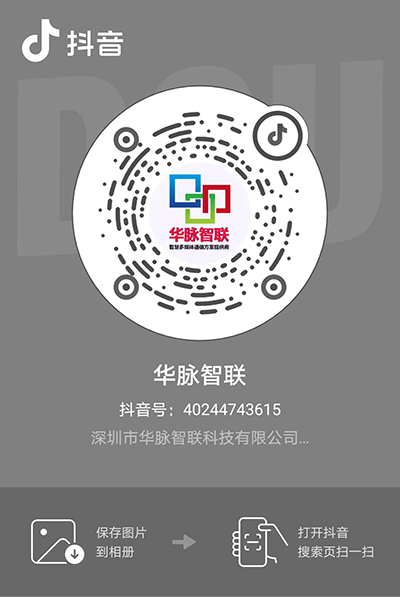Deep dive into IoT, starting with LoRa
LPWA currently encompasses a variety of technologies, such as LoRa, Sigfox, Weightless, and NB-IoT. Among these, LoRa has been making strides in China since its introduction in 2013. It is projected that the shipment volume of Semtech‘s SX1278 LoRa chips in China will exceed 10 million units this year. Therefore, this golden October, let us take a closer look at LoRa technology.
### Challenges in IoT Connectivity Give Rise to LPWAN
Currently, IoT connectivity applications face several pain points:
1. **Communication Distance**: Most devices are deployed in complex building environments or remote areas where traditional wireless technologies struggle to penetrate or reach.
2. **Battery Power**: Many IoT applications lack continuous power supply conditions, such as geomagnetic sensors and water meters.
### Comparison of Mainstream Wireless Communication Methods
In IoT applications, wireless technologies include not only wide-area networks like GPRS, 3G/4G from operators but also short-range local area networks like ZigBee, Wi-Fi, and Bluetooth. Although these wireless technologies are mature, their advantages and disadvantages are evident: a trade-off must be made between long-distance communication and low power consumption. In this context, LPWA (Low Power Wide Area) technology emerged, designed specifically for long-distance, low-bandwidth, low-power, and large-scale IoT applications. LPWA currently includes various technologies, such as LoRa, Sigfox, Weightless, and NB-IoT. Among these, LoRa has been advancing in China since 2013, with the shipment volume of Semtech‘s SX1278 LoRa chips expected to exceed 10 million units this year. Therefore, this golden October, let us delve into LoRa.
### LoRa Eliminates the Trade-off Between Distance and Power Consumption
LoRa is an enhanced wireless transmission technology that increases the coverage radius by 3-5 times compared to classic FSK technology. LoRa modulation technology significantly improves wireless transmission distance (i.e., increases link budget or receiver sensitivity) without changing the transmission power.
### LoRa vs. FSK in Dense Urban Environments
LoRaWAN™ is an asynchronous ALOHA-based protocol, meaning nodes can sleep for varying durations based on application requirements. In contrast, GPRS, 3G/4G synchronous protocols require nodes to periodically connect and synchronize, which reduces battery life. The GSMA has compared different LPWA technologies, and LoRaWAN™ has a 3 to 5 times power consumption advantage over other cellular technologies. LoRa excels in both coverage and power consumption.
### What Applications is LoRa Suitable For?
LoRa‘s most prominent feature is its long-distance capability, overcoming coverage scenarios that previously required relays, while also maintaining low power consumption for battery-powered applications. Examples include:
1. **Wireless Meter Reading**: Such as electricity meters, water meters, gas meters, and heat meters.
2. **Low-Power Sensors for Slowly Changing Physical Quantities**: Such as temperature, water pressure, PM2.5, and geomagnetic sensors.
3. **Wireless Alarms**: Such as smoke detectors and passive infrared sensors.
4. **Remote I/O Controllers**: Such as lighting control and air conditioning control.
5. **Wireless RS-485/Modbus Converters**.
### What Are the Unique Advantages of LoRa Compared to Classic FSK 433MHz Technology?
1. **Communication Distance**: The distance is increased by 3-5 times, providing a solution for areas where 433MHz small wireless products struggle to cover.
2. **LoRa Demodulation**: LoRa can correctly demodulate data even in noisy environments, with sensitivity reaching up to -148dBm.
3. **Anti-Interference**: LoRa Modem has excellent anti-interference characteristics and supports automatic random frequency hopping to resist transient interference. Compared to traditional 433MHz fixed-frequency communication, LoRa not only improves reliability but also reduces channel occupation time and external interference, making channel usage more efficient.
### Is the Communication Frequency of LoRa Wireless Gateways Licensed?
According to the MIIT document "Xin Bu Wu [2005] No. 423," LoRaWAN™ can use the micro-power wireless communication frequency range of 470-510MHz for free, provided the following conditions are met:
1. **RF Transmission Power (EIRP)**: Must be less than 50mW (or +17dBm).
2. **Transmission Duration**: Must not exceed 5000ms.


 scan
scan
 15818654305
15818654305
 Room 436, Building 51, Qiongyu Road, Yuehai Street, Nanshan District, Shenzhen City, Guangdong Province
Room 436, Building 51, Qiongyu Road, Yuehai Street, Nanshan District, Shenzhen City, Guangdong Province


